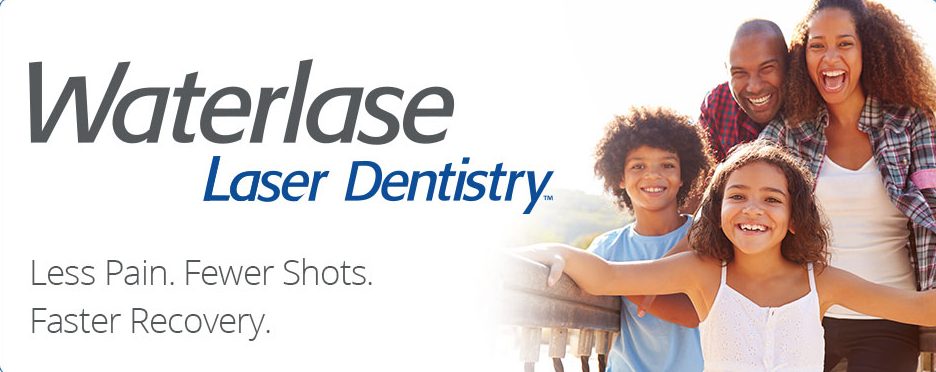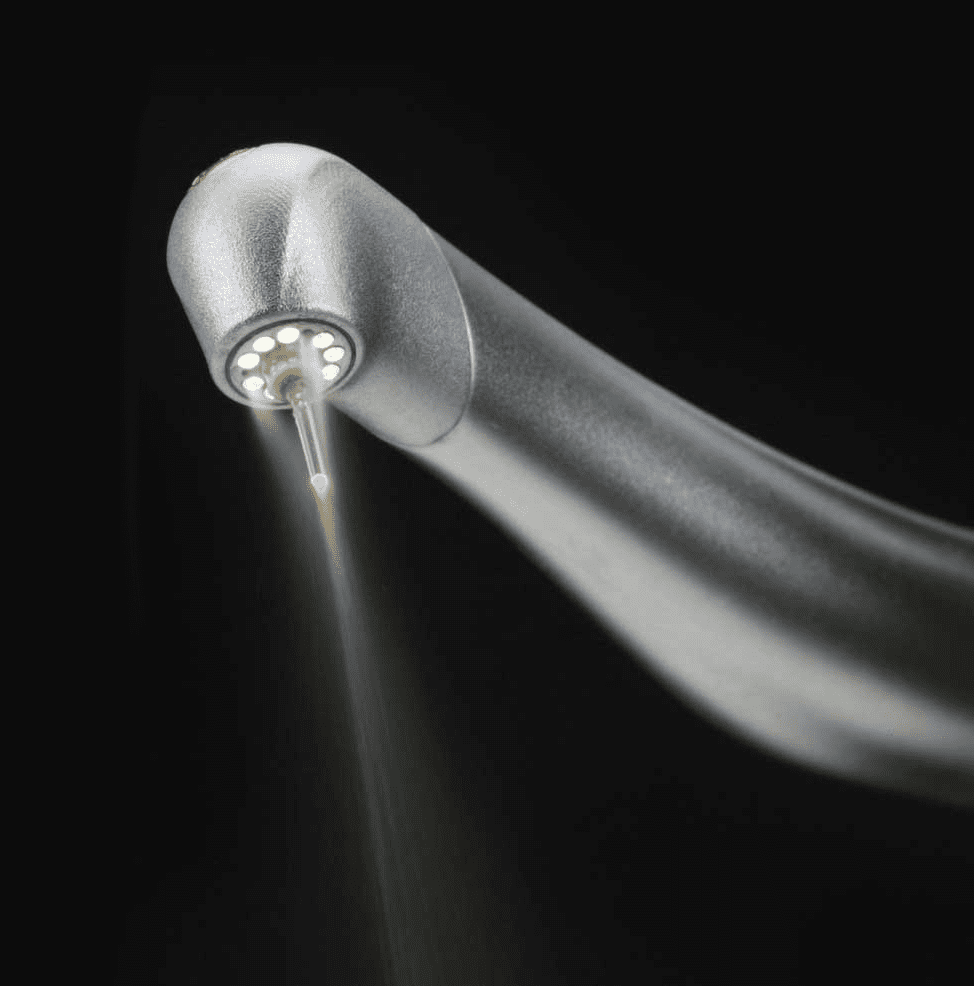Frequently Asked Patient Questions about Waterlase Dentistry
The use of lasers in patient care have become increasingly prevalent in LASIK corrections, skin blemish procedures, and other sorts of surgery. Laser dentistry in Los Angeles is now available with Waterlase Dentistry.
Why Waterlase Dentistry?
Waterlase Dentistry is one of the most beneficial forms of dentistry. Waterlase is more comfortable, convenient, and precise compared to traditional methods. It requires little to no anesthetic, and it gets you in and out of the dentist chair in a timely manner. Lastly, dental lasers much more precise than the traditional drill, and is more effective.
Is Waterlase Dentistry Safe?
Since its introduction, laser dentistry Los Angeles specialists have utilized the technology for many of their patients. It was developed with patients in mind and is able to work on the soft tissues of the mouth safely and comfortably. However, the use of lasers does require that everyone in the room wear protective glasses.
Click here to schedule an appointment with one of our specialists to discuss laser dentistry in Los Angeles, CA.
How does Waterlase Dentistry Work?
Waterlase Dentistry utilizes a laser system that combines both laser energy and water. The laser light energy is administered through an optical fiber in the hand piece. The dentist then targets the hand piece towards the desired treatment area. This laser system is used in a variety of dental procedures on gums, teeth, and bone.
What can Waterlase Dentistry Do?
Waterlase Dentistry is able to perform the same procedures as traditional dental drills and is also applied for treatment of soft tissues of the mouth, such as the gums.
For the Waterlase MD, C100 or earlier lasers, the capabilities include cavity preparation, hard tissue etching and roughening, and enameloplasty.
For the Waterlase MD, C100, ezlase, LaserSmile, or Diolase Plus, capabilities include a variety of soft tissue procedures. These procedures include treatment of periodontal disease, fever blisters, cold sores, oral growths, and gum recession.


